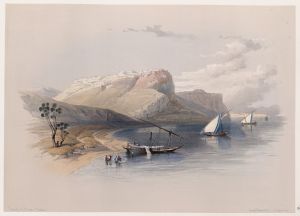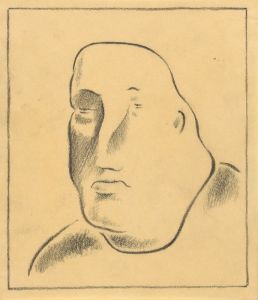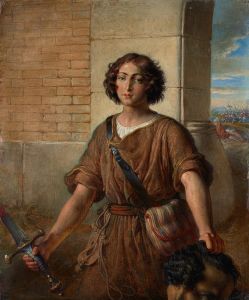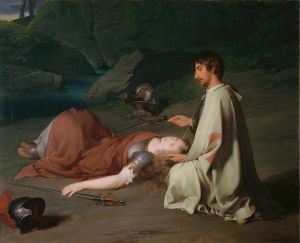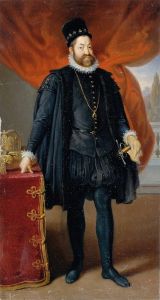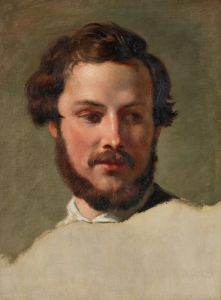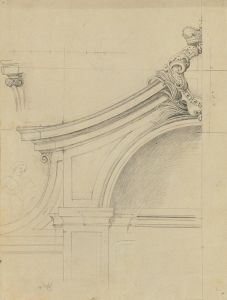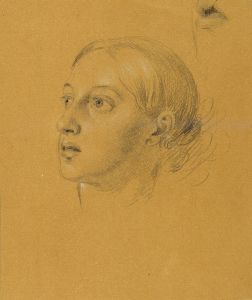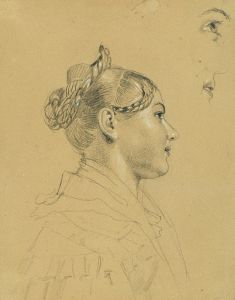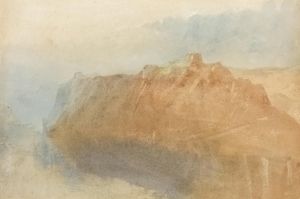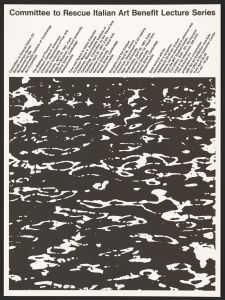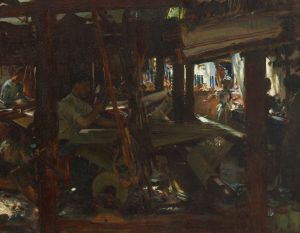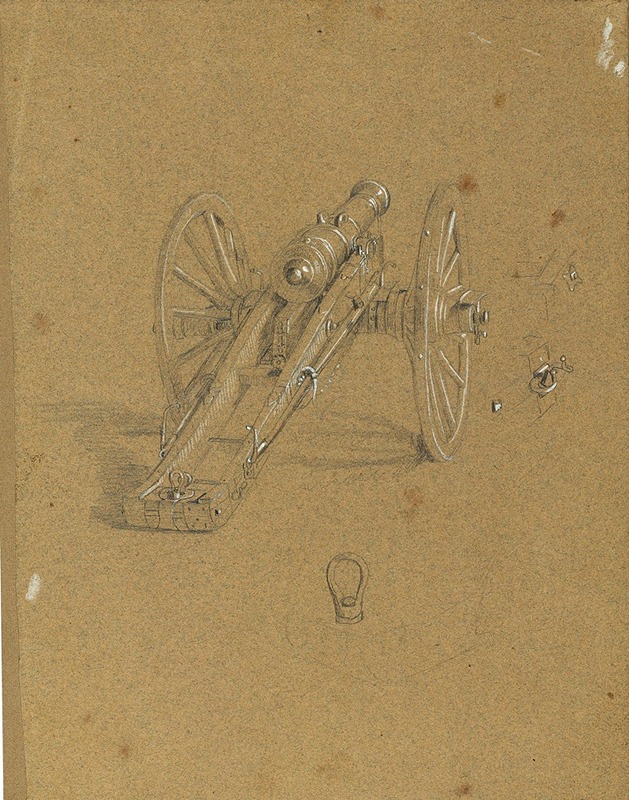
Lafette mit Mörser Studie zu ‘Künstlerfreunde lösen einen Kanonenschuss auf der Festung Michele bei Ostia’
A hand-painted replica of Johann Peter Krafft’s masterpiece Lafette mit Mörser Studie zu ‘Künstlerfreunde lösen einen Kanonenschuss auf der Festung Michele bei Ostia’, meticulously crafted by professional artists to capture the true essence of the original. Each piece is created with museum-quality canvas and rare mineral pigments, carefully painted by experienced artists with delicate brushstrokes and rich, layered colors to perfectly recreate the texture of the original artwork. Unlike machine-printed reproductions, this hand-painted version brings the painting to life, infused with the artist’s emotions and skill in every stroke. Whether for personal collection or home decoration, it instantly elevates the artistic atmosphere of any space.
Johann Peter Krafft's painting Lafette mit Mörser Studie zu ‘Künstlerfreunde lösen einen Kanonenschuss auf der Festung Michele bei Ostia’ is a preparatory study for a larger work that depicts a group of artists firing a cannon at the fortress of Michele near Ostia. Krafft, an Austrian painter known for his historical and genre scenes, created this study as part of his exploration of dynamic compositions and detailed depictions of military equipment.
The painting reflects Krafft's interest in historical accuracy and his meticulous attention to detail, particularly in the rendering of the mortar (Mörser) and its carriage (Lafette). This focus on technical precision suggests that Krafft may have conducted thorough research into the design and operation of artillery from the period. The study serves as a testament to his dedication to capturing the realism of historical events and objects.
The larger work, for which this study was created, portrays a group of Krafft's contemporaries—fellow artists—engaged in the act of firing a cannon. This scene is believed to have been inspired by a real event or anecdote involving Krafft and his circle of artist friends during their travels or gatherings. Such depictions were not uncommon in the Romantic period, as artists often sought to immortalize their camaraderie and shared experiences through their work.
Krafft's oeuvre is characterized by a blend of Romanticism and Neoclassicism, and this study exemplifies his ability to combine dramatic action with precise detail. While the study itself may not have been intended as a standalone artwork, it provides valuable insight into Krafft's creative process and his approach to composition and subject matter.
The exact date of the study's creation is not definitively documented, but it is consistent with Krafft's active period in the early 19th century. The painting is notable for its historical and artistic significance, as it sheds light on the practices and interests of artists during this era.
Further details about the context of the event depicted or the identities of the individuals involved remain unclear. However, the study remains an important piece within Krafft's body of work, illustrating his technical skill and his engagement with themes of history, friendship, and shared artistic endeavors.





